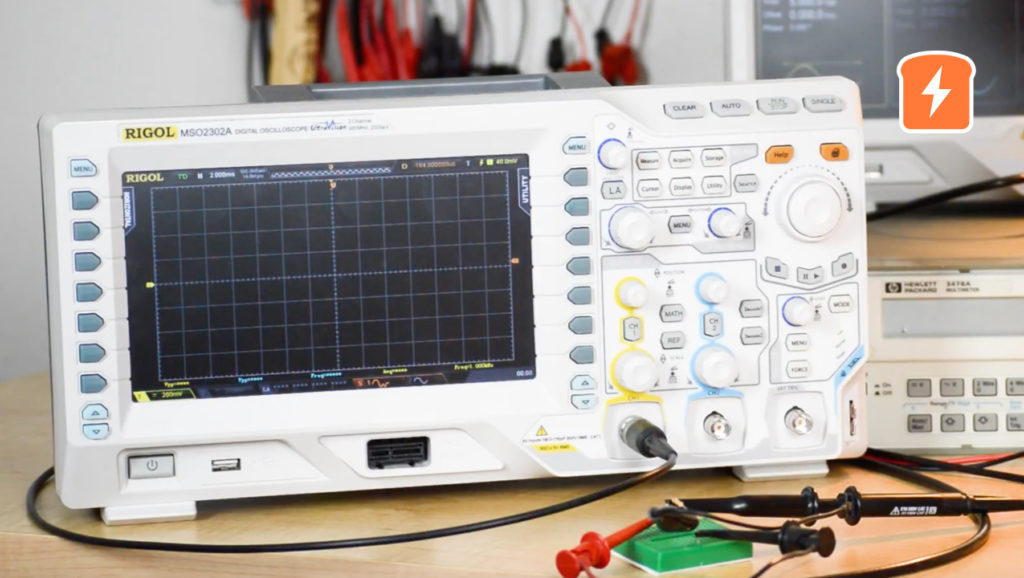Diode
A one way electrical valve. Current can flow one way but not the other. This is due to the science of semiconductor materials and the junction between a p-type material and an n-type material, creating a PN junction.
A semiconductor device with a single pn junction that conducts current in only one direction.
Electronic Devices : Conventional Current Version, 9th Edition by Thomas L. Floyd
A unidirectional device that allows current to flow through it in only one direction.
Grob’s Basic Electronics, 11th Edition by Mitchel E. Schultz
A diode is a two-terminal electronic component that conducts current primarily in one direction (asymmetric conductance); it has low (ideally zero) resistance in one direction, and high (ideally infinite) resistance in the other. A diode vacuum tube or thermionic diode is a vacuum tube with two electrodes, a heated cathode and a plate, in which electrons can flow in only one direction, from cathode to plate. A semiconductor diode, the most commonly used type today, is a crystalline piece of semiconductor material with a p–n junction connected to two electrical terminals.[5] Semiconductor diodes were the first semiconductor electronic devices.
The discovery of asymmetric electrical conduction across the contact
between a crystalline mineral and a metal was made by German physicist Ferdinand Braun in 1874. Today, most diodes are made of silicon, but other materials such as gallium arsenide and germanium are also used.[6]









